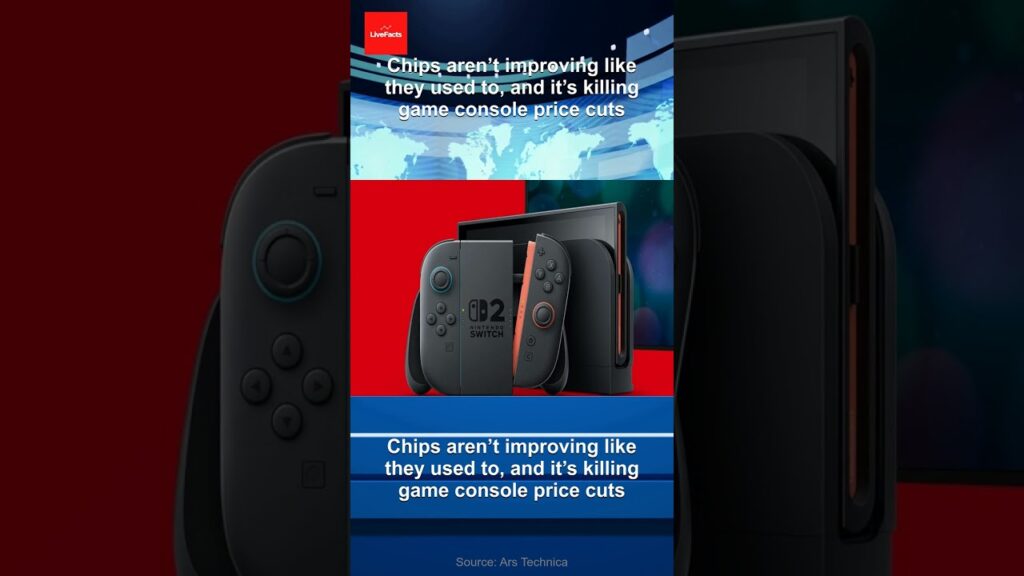
Game consoles used to get cheaper over time. But not anymore — and it’s not just inflation. The root cause is far more technical: slowing chip advancements. For decades, Moore’s Law kept prices falling and performance rising. Today, however, that progress is stalling, and the ripple effects are slamming into the gaming industry.
Here’s how and why this slowdown is making your favorite gaming consoles harder to afford — and what it means for the future.
1. Moore’s Law Is Breaking — And Console Makers Can’t Keep Up

Moore’s Law — the prediction that chip transistor counts double every two years — has driven computing innovation for over 50 years. It also enabled console makers to shrink chips, reduce heat, and lower costs with each hardware revision.
But modern chips have hit a wall. Transistor miniaturization is now insanely expensive. So instead of shrinking chips to cut costs, manufacturers are stuck using expensive, heat-hungry silicon for longer. That’s why we haven’t seen big PS5 or Xbox Series X price drops.
2. Fewer Hardware Revisions = Fewer Discounts
Remember the PS2 Slim? Or Xbox 360 S? These slimmed-down consoles came with newer chips that were cheaper and easier to manufacture. That meant price cuts for gamers.
Today, with chip advancements slowing, there’s less incentive or ability to redesign hardware. No major silicon upgrades means no slimmer consoles — and no room to offer lower prices.
3. Manufacturing Costs Are Rising, Not Falling
The global semiconductor supply chain is now more complex and expensive. Advanced 5nm and 3nm chips cost exponentially more to produce. As a result, console makers like Sony and Microsoft are not seeing cost reductions over time — which means no savings to pass on to consumers.
4. Longer Console Lifecycles Mean Less Innovation
Because chips are no longer rapidly improving, console generations are getting longer. We used to see a new generation every 5-6 years. Now, it could be 8-10 years.
Without fast-paced chip innovation, console makers aren’t pressured to release new models. This extends lifecycles and slows down the pricing “refresh” that typically comes with new launches.
5. Cloud Gaming Is Rising — But Hardware Is Still Necessary
Companies like Microsoft (xCloud), Nvidia (GeForce NOW), and Sony (PlayStation Plus Cloud) are betting big on streaming games via the cloud. While this reduces the importance of local chips, it doesn’t fully replace the need for console hardware — at least not yet.
But unless chips start improving again, cloud gaming may be the only path forward for cheaper gaming options in the future.




1 thought on “5 Harsh Truths: Why Slowing Chip Advancements Are Killing Game Console Price Cuts”